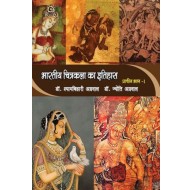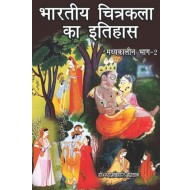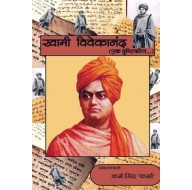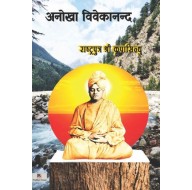Shop by Category
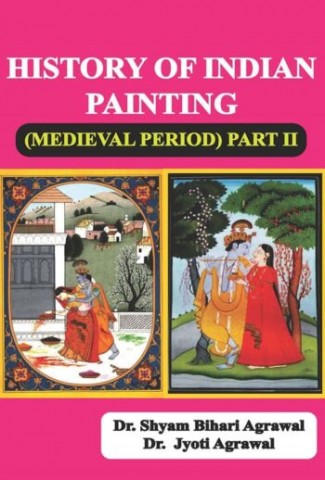
More Information
| ISBN 13 | 9789394369511 |
| Book Language | English |
| Binding | Paperback |
| Total Pages | 270 |
| Author | Dr. Shyam Bihari Agrawal And Jyoti Agrawal |
| Editor | 2022 |
| GAIN | 0DTYKWFUNW0 |
| Product Dimensions | 5.50 x 8.50 |
| Category | Historical Books Package |
| Weight | 200.00 g |
Frequently Bought Together

This Item: History of Indian Painting Part-2
₹450.00
Sold by: Prakhar Goonj Publication
Choose items to buy together
ADD TO CART


This Item: History of Indian Painting Part-2
Sold By: Prakhar Goonj Publ...
₹450.00
Total Price : ₹450.00
Product Details
The medieval period of Indian Painting was such wherein the passion for art and the confluence of artists used to be considered a matter of prestige. Owing to political rivalry, skirmishes continued to take place in India from Kashmir to Kanyakumari, and new sovereignties came to be established; but art and literature were accorded due respect and honour in every administrative system. They made persistent efforts for its progress and uplift. Nay, these sovereignties induced the creation of art works under royal patronage, by competing with one another, which were symbols of their prestige and glory during those times. During that period art connoisseurs held predominance, accomplishing minute decoration and embellishment in accordance with various fended ideologies modes and styles of art. In the present book, a history of the evolution of Indian painting, ranging from the pre-medieval to the post-medieval period has been presented. During the pre- medieval period, the classical elements in painting pertaining to the ancient times (Ajanta, Bagh etc.) gradually underwent decadence, and in their place natural elements continued to flourish. At that time the country was baffled by external invaders. These invaders frequently destroyed the immense native artistic wealth here from their iconoclastic attitudes. Therefore, art started gracing its form indoors, or in safe sanctuaries. During this period, the eternal integrity of India, an under-current of natural artistic style is perceptible in the entire Greater India. The impact of differences among various territories and communities can also be witnessed therein. Whereas in the east Buddhist treatises came to be painted with Buddhist influence, in the west, Jain works were portrayed in large number own to Jain influence. While Brahmanic Hindu religion held sway over Central India and the number of Shaiva followers was larger in the south, but the followers of every religion and school of thought were also found in eve
















